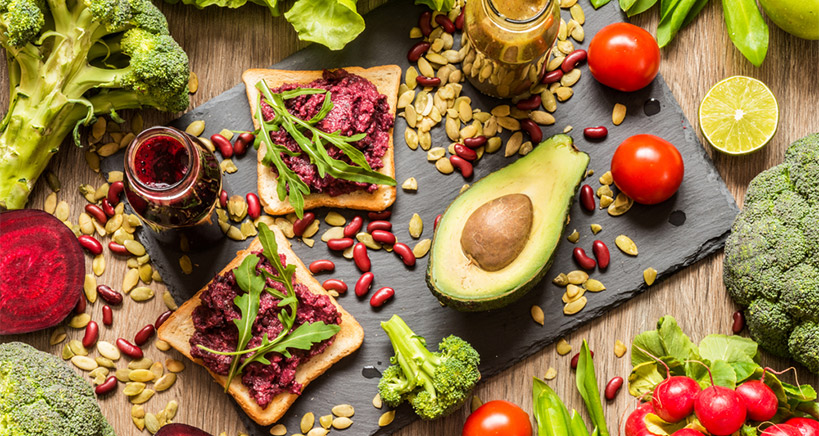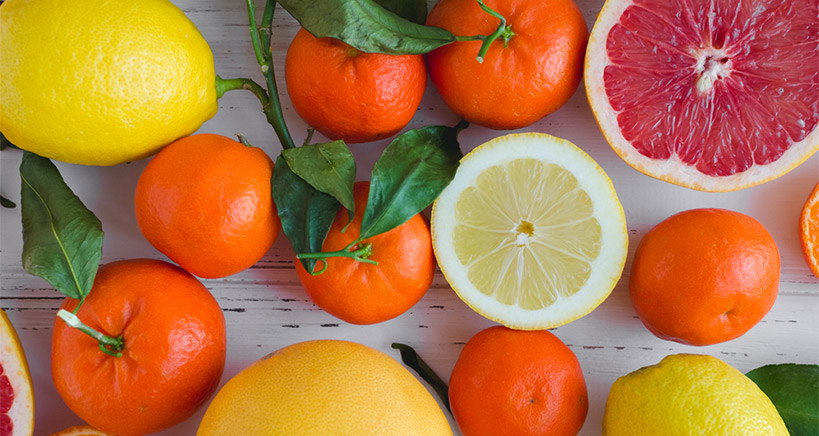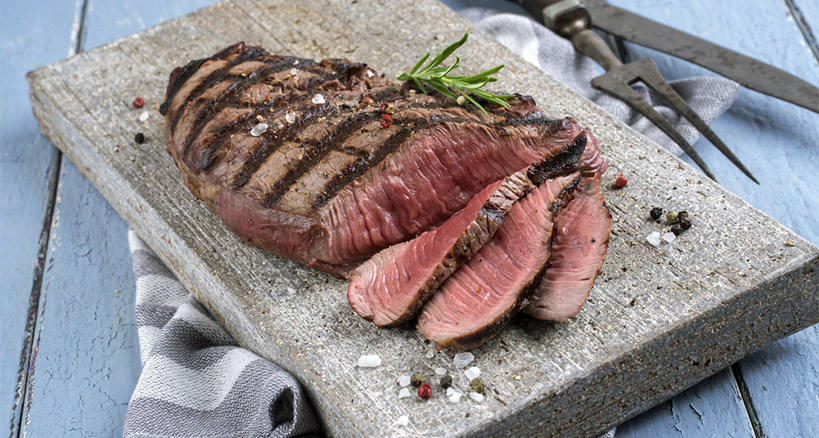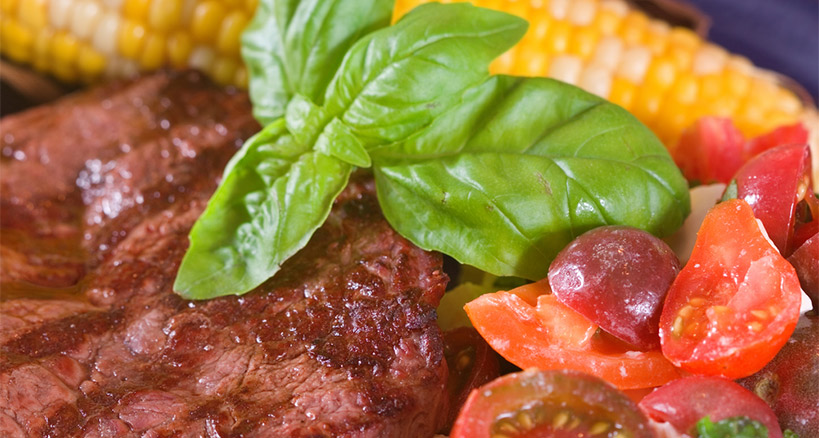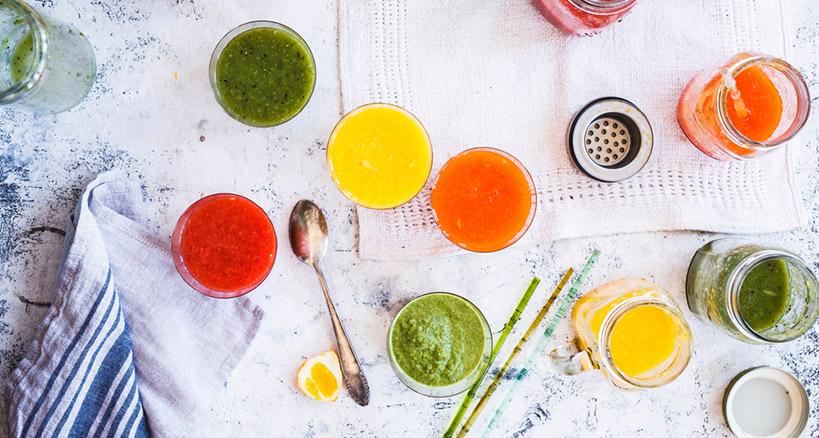
Cater With Vegetable-Based Drinks
An important part of any catered event is quenching your guests’ thirst. Nowadays it’s not enough to place a few bottles of sparkling water or Coke on each table; a beverage station – serving hot perked coffee, freshly brewed tea, and blended drinks that are created on the spot – is a feature that no event can do without. Smoothies and shakes have long been part of a caterer’s beverage repertoire, as they allow guests to customize their beverages with ingredients of their choosing. Now, however, with the arrival of warmer months, along with the increase in healthier menu offerings, it’s time to liven up your beverage menu by introducing your guests to fresh, bright, vegetable-based smoothies.
Eating and Drinking Healthy is Here to Stay
There are basically two options for including a beverage bar at the events that you cater: you can handle all the drink-making yourself (with staff that you hire and train), or you can outsource to a company that specializes in serving beverages at catered events. Either way, the drinks that you serve at your upcoming events will have to conform to the current trends: healthy, sustainable, and seasonal. When it comes to drinks, this means that your clients will be looking for freshly squeezed juices and blended smoothies made from organic, local, and seasonal fruits and vegetables. Many people are trying to incorporate more vegetables in their diets, and juicing is a great way to capture a lot of vitamins and minerals from raw produce that might otherwise be lost during cooking.
Continue reading How Vegetable Shakes and Smoothie Bowls Can Put Your Business on the Map


